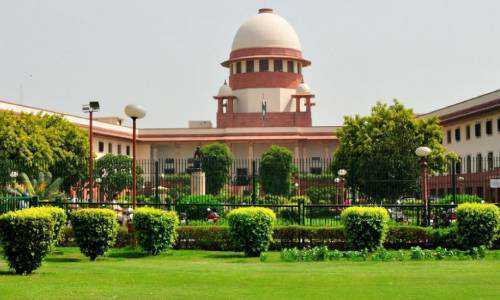
In its recent judgement in the Committee of Creditors of Essar Steel India Limited through Authorised Signatory vs. Satish Kumar Gupta & Ors, the Supreme Court resolved various vexing problems connected to the Insolvency and Bankruptcy Code, 2016's Corporate Insolvency Resolution Process.
In the instant case titled C oC of Essar Steel India Limited Vs. Satish Kumar Gupta & Ors. the two issues raised before the Supreme Court of India were:What is the jurisdiction of the AA?
What differences prevail between secured and unsecured creditors?
Whether a resolution plan is binding on all stakeholders?
Whether profits can be used to pay off creditors?
With regard to the second issue, The Supreme Court ruled unequivocally that equitable treatment is solely applied to creditors who are similarly placed, and that the principle cannot be extended to treat unequals equally. Each creditor should get equitable treatment based on the class to which it belongs, whether secured or unsecured, financial or operational. It was also decided that there is no residual jurisdiction to refuse to adopt a resolution plan because it is unfair or unjust to a class of creditors, as long as each class's interests have been considered and addressed.
With regard to the third issue, the Supreme Court has clarified the impact of the resolution plan's approval on creditors' claims who have not filed their claims with the Resolution Professional (hereafter referred to as the 'RP') within the time frame specified by the Code. Section 31(1) of the Code, according to the Supreme Court, states that once a resolution plan is accepted by the COC, it is binding on all stakeholders, including guarantors. The Supreme Court ruled that a successful resolution applicant cannot be confronted with unresolved claims after his resolution plan has been accepted, because this would put amounts payable by a prospective resolution applicant who has successfully taken over the corporate debtor's business in jeopardy.With regard to the fourth issue, the Appellate Authority had ruled that the corporate debtor's profits during CIRP must be used to repay the corporate debtor's creditors. The Supreme Court overturned the previous judgement on the grounds that the request for proposal issued by ArcelorMittal and the COC stated that revenues generated during the corporate insolvency procedure would not be used to pay creditors' debts.
As a result, the RP in this case admitted the claim of certain creditors for INR 1 on the basis that there were issues pending before several agencies over the amounts in question. The RP was ordered by the Adjudicating Authority to register their whole claim, which was supported by the Appellate Authority. The Supreme Court overturned the Appellate Authority's ruling, stating that the RP was proper in only admitting the claim at a nominal value of INR 1 due to the pending litigation over these claims.
